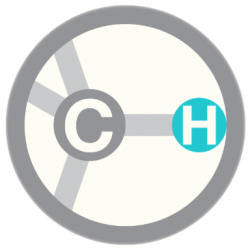Authors: B A Bennett, C H Wichems, C K Hollingsworth, H M Davies, C Thornley, T Sexton and S R Childers
J. Pharmacol. Exp. Therap.,
1995, 272, 3, 1176-1186
A novel scheme utilizing vinylcarbenoid precursors has been developed for the synthesis of tropane analogs of cocaine. Specificities of these compounds for dopamine (DA), serotonin (5-HT) or norepinephrine (NE) transporters were determined by both uptake inhibition and binding assays. In each of the analogs, the aryl group at position 3 was bound directly to the tropane ring (as in WIN-35,428), and methyl or ethyl ketone moieties were present at position 2 in lieu of the ester linkage present in cocaine. The addition of methyl or ethyl ketone groups in position 2 did not affect potency compared to ester groups in the same position, but substituents on the benzene ring greatly affected potencies. The analogs could be categorized according to their relative specificity, which consisted of those selective for DA and NE transporters with little affinity for the 5-HT transporter (e.g., WF-39), those selective for only the DA transporter (e.g., WF-29) and those selective for the 5-HT transporter (e.g., WF-31) with much less affinity for the DA and NE transporters. There also were those analogs (e.g., WF-23) with high affinity, but with equal affinity at all three transporters. The analogs displayed significant correlation between uptake inhibition and binding displacement at DA, 5-HT and NE transport sites. These results suggest that large variations in the tropane structure do not result in a differentiation between binding at biogenic amine transporters and inhibition of amine uptake.

